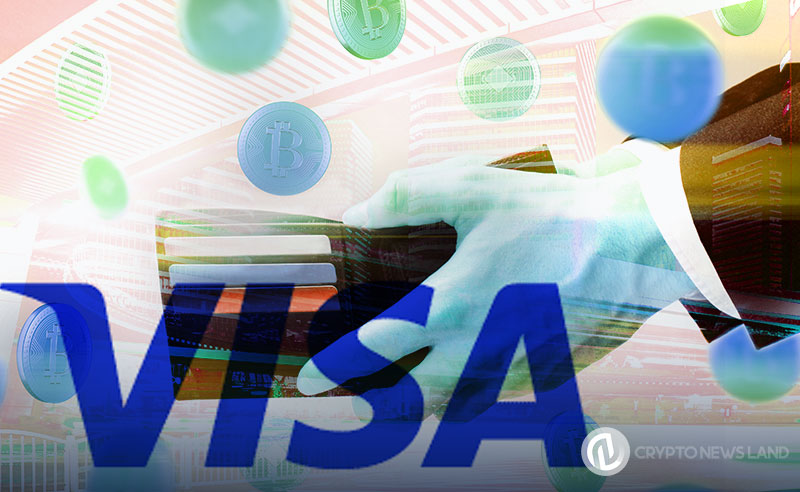- BBVA plans to launch a Visa-backed Euro stablecoin by 2025, expanding its digital asset operations across Europe.
- Visa’s Tokenized Asset Platform will enable BBVA to manage fiat-backed tokens with seamless integration and blockchain interoperability.
- BBVA’s stablecoin will focus on tokenized asset exchanges, with plans for future interoperability between financial institutions.
Banco Bilbao Vizcaya Argentaria (BBVA), the second-biggest bank in Spain, is getting ready to provide a stablecoin backed by Visa by 2025. The bank is now taking part in Visa’s new program, which is meant to assist institutions in bringing tokenized assets to the blockchain, in its sandbox phase. After entering the digital asset market in 2014, this is BBVA’s most recent move in this sector.
Visa Tokenized Asset Platform: A New Path for Banks
The new initiative by Visa, the Visa Tokenized Asset Platform (VTAP), will allow banks to mint, burn, and manage fiat-backed tokens on-chain. BBVA is among the first financial institutions to play with the platform.
VTAP wants to make it easy for anyone to integrate fiat-backed tokens onto blockchain systems. The service will be programmable, and it can support several blockchains; hence it acts as a variety of all-in-one windows for institutions.
BBVA will be at the prototype stage next year and full implementation by 2025. According to the bank, the reason that has motivated them to work with Visa and the reason why they have not adopted a currently existing stablecoin is because Visa has an excellent brand and great good regulatory compliance. BBVA wants to use its stablecoin for exchanges of tokenized assets, in the general asset tokenization trend.
Stablecoin Focused on the Euro for European Markets
The stablecoin is expected to be based on the Euro, reflecting BBVA’s presence in Europe. The bank operates in countries such as Portugal, Romania, Turkey, and Italy, and aims to use the stablecoin for settlement within its ecosystem. BBVA will also manage the minting and burning process, facilitating the conversion of fiat into crypto assets.
While BBVA’s stablecoin will initially be used within its own system, Visa’s long-term vision includes interoperability between various financial institutions. This could pave the way for a wider adoption of tokenized assets across the banking sector, though BBVA’s U.S. involvement remains limited at this stage.
BBVA’s Growing Role in the Digital Asset Sector
Since 2014, BBVA has been actively involved in the blockchain space, offering services such as Bitcoin, Ethereum, and USDC custody in Switzerland. By developing its stablecoin, the bank is expanding its digital asset capabilities, focusing on the rising trend of tokenization, particularly in sectors like real estate and private credit funds.
BBVA’s partnership with Visa comes as Europe’s Markets in Crypto-Assets (MiCA) regulations create a clearer legal framework for stablecoins. The bank’s participation in Visa’s sandbox reflects its commitment to adapting to the growing financial sector.



